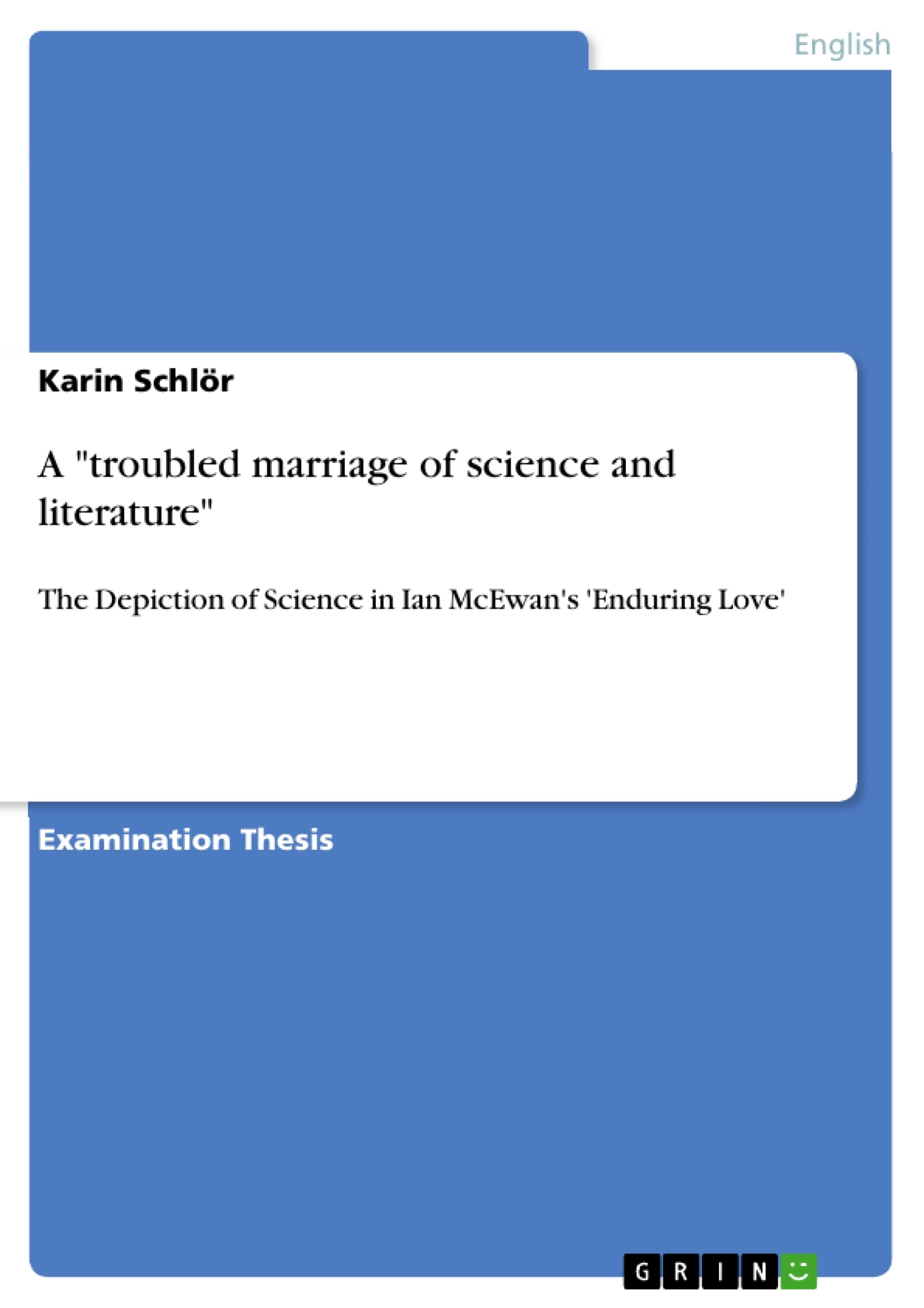“There was an awful rainbow once in heaven:/ We know her woof, her texture; she is
given/ In the dull catalogue of common things./ Philosophy will clip an Angel’s
wings,/ Conquer all mysteries by rule and line,/ Empty the haunted air, and gnomed
mine –/ Unweave a rainbow” (Keats 320f).
In December 1917, Keats attended Benjamin Haydon’s ‘immortal dinner’
during which Charles Lamb accused Haydon of including Newton’s head in his
painting “Christ’s Entry in Jerusalem” (cf. Dawkins 38f). This painting was,
according to Lamb, an affront since Isaac Newton “had destroyed all the poetry of
the rainbow by reducing it to the prismatic colours” (Dawkins 39). Keats agreed with
Lamb that a man like Newton would “reduc[e] life to physical organization”
(Gigante 442) and therefore bereave the world of its wonders. In 1919, Keats began
writing Lamia in which he took up the subject of the difficult relationship between
science and literature. The initial quotation promotes the assumption that in Lamia,
science is seen as something that strips poetry (and the arts in general) of its “beauty
and mystery” (Abrams 307). By “unweav[ing] the rainbow” (Keats/Cook 321) Sir
Isaac Newton had presumably destroyed the mysterious nature of the rainbow by
means of rationalism as one then knows about its ”woof, [its] texture” (Keats 320).
However, one can find ambiguous details in Lamia that put Keats’ position in
question. Under Apollonius’ eyes (Apollonius stands for reason and the urge to
define everything (Sandy 53)) Lamia’s beauty vanishes and she becomes a serpent
again. It could be argued that Apollonius saved Lycius (who is seen as a dreamer and
a fantasist) from the sinful and evil snake, rather than depriving him of his lover.
Although it might at first seem obvious that Keats is clearly emphatically siding
against the scientific position, against reason, this view turns out to be reductive (cf.
Midgley 55). Hence, even in Keats’ poetry, which primarily demonizes science and
the scientific progress, hints can be found that science is not that devilish after all.
The hypothesis that Keats’ view on science was not as exclusively negative as most
commonly assumed is further supported by the fact that Keats had studied at Guy’s
Hospital and was licensed to work as an apothecary (Keats/Cook xxxi). In himself,
Keats internalises the difficult relationship of science and literature.[...]
Inhaltsverzeichnis (Table of Contents)
- Introduction
- Scientific Method and Rationalism in Enduring Love
- Narrative Implementation
- Language
- Point of View
- Reliability of the Narrator
- Testing of Scientific Rationalism – ‘a little cage of reason' or 'a route to wonder'?
- Rational Thought as ‘a wonderful aspect of our natures’
- 'Rationalism gone berserk'
- Science, Literature and the Narrative
- Science's Need for Narration
- Science as an Enrichment for Literature
- Science Writing
- Narrative Implementation
- Synthesis: 'Rapprochement of the disciplines'
- Conclusion
Zielsetzung und Themenschwerpunkte (Objectives and Key Themes)
This paper analyzes how science is depicted in Ian McEwan's novel Enduring Love, focusing particularly on the interplay between scientific rationalism and the narrative. The paper examines the portrayal of science, especially evolutionary biology, through narrative techniques such as language, point of view, and the reliability of the narrator. It delves into the testing of scientific rationalism in the context of the novel's central events and explores the relationship between science and literature.- The portrayal of scientific method and rationalism within a fictional narrative.
- The contrasting perspectives on science as presented by different characters in the novel.
- The interplay between science and literature, including the idea of science as a narrative.
- The role of science writing in contemporary society.
- The relationship between science and emotion.
Zusammenfassung der Kapitel (Chapter Summaries)
The introduction sets the stage by discussing the historical tension between science and literature, referencing Keats's poem "Lamia." The author argues that this tension is present in McEwan's novel "Enduring Love," which explores different ways of understanding the world through the characters of Joe, Clarissa, and Jed.
The first chapter focuses on the narrative techniques employed in the novel, exploring how language, point of view, and the reliability of the narrator contribute to the portrayal of science. It examines how Joe, the narrator, is situated in the scientific discourse and how his perspective is challenged by other characters in the novel.
The second chapter delves into how scientific rationalism, particularly evolutionary biology and psychology, is tested in the novel. It analyzes how Joe's scientific perspective contrasts with Clarissa's and Jed's views, exploring their critiques of scientific rationality.
The third chapter discusses the relationship between science and literature in Enduring Love. It examines whether the novel portrays these two disciplines as separate cultures and explores the idea of science as a narrative. It also considers the role of science writing in contemporary society, particularly in the context of evolutionary biology.
Schlüsselwörter (Keywords)
The key themes of this paper are the representation of science, particularly evolutionary biology, in fiction; the contrast between scientific rationalism and emotional/literary understanding; the interplay between science and narrative; and the role of science writing in contemporary society.- Quote paper
- Karin Schlör (Author), 2013, A "troubled marriage of science and literature" , Munich, GRIN Verlag, https://www.grin.com/document/231540



